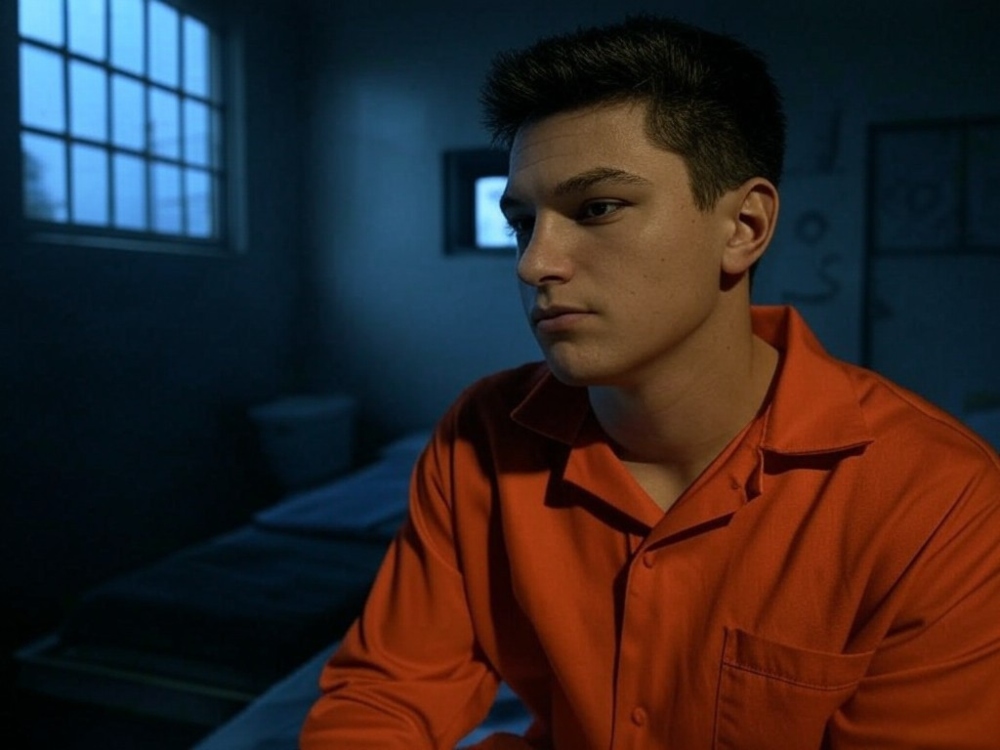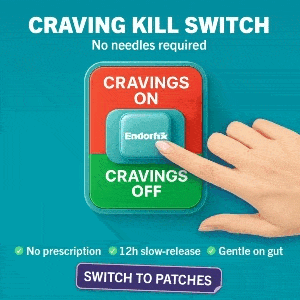LGBTQ+ individuals face disproportionately high incarceration rates in the U.S., with statistics showing they are more likely to be arrested and imprisoned than their heterosexual counterparts.
According to the Prison Policy Initiative, lesbian and bisexual women are four times more likely to be arrested than straight women, while one in six trans people has experienced incarceration.
Tony Vick, an incarcerated writer serving nearly 30 years at South Central Correctional Facility in Tennessee, has witnessed first-hand the evolving treatment of LGBTQ+ individuals behind bars. In a recent essay for Filter Magazine, Vick shared his experiences as an openly gay man in prison, detailing the risks, forced identities, and the reality of navigating life behind bars.
The Hidden Struggles of Being Gay in Prison
Reflecting on his early years of incarceration, Vick recalls how few people were openly gay in prison nearly three decades ago. Those who did come out were often placed in administrative protective custody—a term for solitary confinement. Studies estimate that 85% of LGBTQ+ incarcerated individuals have been subjected to solitary, often under the guise of protection, despite evidence that isolation leads to severe psychological harm.
Over time, Vick observed a gradual increase in openly gay prisoners, though many still conceal their identities for safety.
“I started to meet other men who were gay and, while not exactly open about it, would tell you if they were pretty sure you were gay yourself,” he wrote. “They lived quietly and seemed to get by okay. I joined that crowd—the quietly gay crowd—and stayed there for years because it allowed me to live in relative peace and avoid being sexually assaulted.”
Sexual Coercion and the Prison Rape Elimination Act (PREA)
The Prison Rape Elimination Act (PREA) was enacted in 2003 to combat sexual violence in correctional facilities, though Vick argues that coercion and abuse remain prevalent.
Many incarcerated individuals—both LGBTQ+ and straight—are forced into non-consensual sexual relationships with fellow prisoners or even guards in exchange for protection. Victims often don’t report the abuse for fear of retaliation or further harm.
“For many newbies who find themselves in that position, performing coerced sex acts for one man is preferable to a life of being constantly brutalized by a multitude of men who also take your commissary items,” Vick explained.
How PREA Mislabels LGBTQ+ Prisoners
Under PREA regulations, inmates must undergo annual classification hearings where they are assigned one of three labels: predator, victim, or neutral.
- Heterosexual inmates are usually classified as neutral.
- LGBTQ+ individuals are often labeled as victims, regardless of their experiences.
- Anyone with a history of sex-related offenses—including those arrested for sex work or violating HIV laws—is labeled a predator.
“Many ‘violent sexual predators’ are LGBTQ+ folks classified that way because they were sex workers living with HIV, or teenagers who’d had consensual sex with other teenagers,” Vick wrote.
Since victims and predators cannot be housed together, LGBTQ+ individuals often end up in solitary confinement or unsafe living conditions. To avoid these misclassifications, Vick intentionally identifies as heterosexual during his PREA hearings.
“Though I’ve been openly gay for a very long time now, each year during my PREA hearing, I identify myself as heterosexual,” he revealed.
The Reality of LGBTQ+ Life Behind Bars
Vick concluded by highlighting the arbitrary and harmful categorization of LGBTQ+ prisoners, which separates them from people they would likely be safest around.
“In the LGBTQ+ community at South Central Correctional Facility, just about everybody has been sorted into one category or the other,” he wrote. “In real life, they might be friends who would be perfectly safe living with each other and probably safer living with any random LGBTQ+ ‘victim’ or ‘predator’ than any of the random heterosexuals they have to be assigned with instead.”























